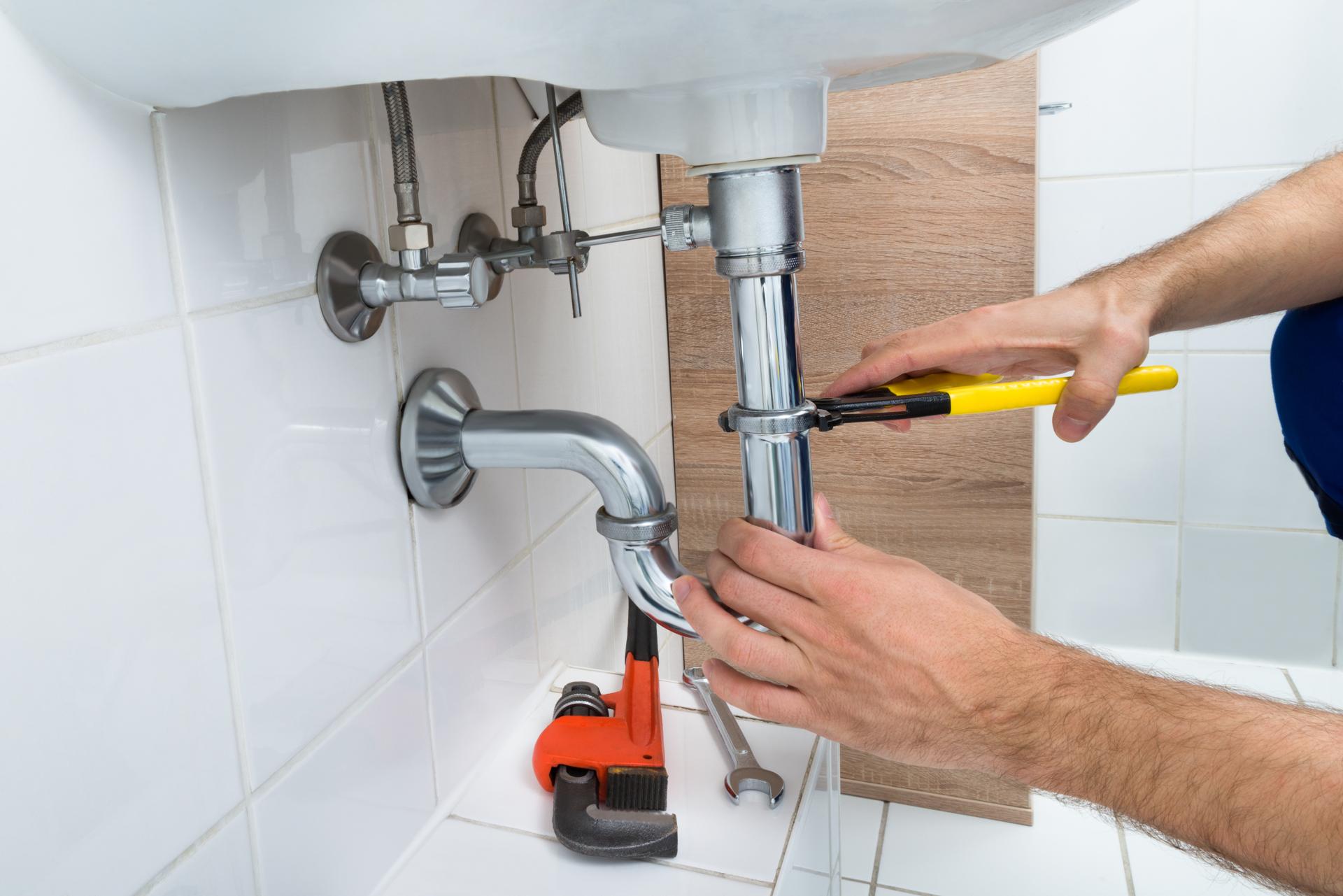Things to Watch Out For When Replacing Your Plumbing and What You Need to Know

Plumbing is an essential part of any home, providing us with clean water for drinking, cooking, and cleaning, as well for the disposal of wastewater. However, like any other home appliance plumbing is prone to become worn out and need replacement.
Understanding when it’s time to upgrade your plumbing crucial to prevent expensive repairs and to avoid health risks. This article will go over the signs that suggest that your plumbing is in need of being replaced, what you should consider prior to replacing your plumbing, the procedure for replacing your plumbing as well as the benefits in replacing the plumbing and a section on FAQs to answer any questions you might have.
Signs that it’s Time to Replace Your Plumbing
There are several common indications that the plumbing in your home needs to be repaired, such as leaks: If you notice water spots or puddles in your house, it’s a indication of a plumbing leak. Leaks can cause serious structural damage to your home and may lead to mold growth which is why it’s crucial to address them promptly. Rust: Rusty pipes are a clear indication that your plumbing is in need of be repaired or replaced. Rust can contaminate the water supply in your home and make it unsafe to consume or cook with. In the event of low water pressure, if your showerheads or faucets produce weak flow of water is a sign of low pressure in the water, which could be due to blocked pipes or corroded pipes. Water discoloration: Water that is discolored like yellow or brown, could be a sign of sediment or rust within your pipes. This can affect the taste and quality of your water. It could also be a sign of the need for a the replacement of your plumbing.
Factors to Take into Account Before Replacing Plumbing
Before you replace your plumbing there are a variety of aspects to take into consideration, such as the age of your plumbing: Plumbing systems have a lifespan of about 50 years. So if your home is over that time, it’s likely time for a replacement. Cost of replacement: Replacing your plumbing can be expensive, so it’s important to budget for this expense. Severity of plumbing problems If the plumbing issues are severe and affecting multiple areas of your house then replacement could be the best option.
What to Expect During the Plumbing Replacement Process
The plumbing replacement process involves several steps, including closing off your water source Your plumber will have to turn off the water supply to your residence to prevent water damage or leaks. Removal of old pipes: Old pipes will need to be removed, which could require cutting into walls or floors. Installation of new pipes New pipes are installed, and may require rerouting to ensure proper water flow. The length of time for the plumbing replacement process will depend on the size of your property as well as the complexity of the job. Homeowners should expect disruptions during the process, including water shut-offs, and possibly destruction to floors and walls.
Benefits of replacing plumbing
The replacement of your plumbing has many benefits, including: Increased water efficiency new plumbing fixtures and pipes have higher efficiency, reducing your water usage and lowering your energy bills. Better water quality: Replacing old, corroded pipes with new ones will enhance the quality of your water, making it safer to drink and cooking. A lower risk of future plumbing problems: New plumbing is less likely to develop blockages or leaks, thus reducing the requirement for costly repairs in the near future.
Conclusion
Replacing your plumbing is a major purchase, but it’s vital to ensure your home’s safety and comfort. If you know the indicators that tell you your plumbing is in need to be replaced, considering the reasons for replacement, and knowing what to expect from the replacement process, you will be able to make an informed choice about your home’s plumbing. Be aware that replacing your plumbing offers several advantages, such as increased efficiency of water, better water quality and less the chance of having plumbing problems in the future.
FAQ Section
How much does it cost to replace plumbing?
The cost of replacing your plumbing will depend on a variety of factors, including how big your home, the complexity of the project, and the type of materials employed. In the average, homeowners will need to shell out between $5,000 and $10,000 for a whole-house plumbing replacement.
How long does it take to change the plumbing?
The timeline for plumbing replacement will be contingent in the area of the house and the difficulty of the task. A typical whole-house plumbing replacement could take from two to four weeks.
Do I need to replace my plumbing system if there is an issue with my plumbing?
If you only have one pipe leak system, it may not be a need for a complete replacement. If you’re experiencing a lot of leaks or observe other indications of plumbing problems, replacing might be the best solution.
Can I repair my plumbing myself?
Replacing your plumbing is a complex task that should be left to the expertise of a qualified plumber. Doing it yourself can result in costly errors and could pose safety hazards.
What kind of pipes do I need to use for my plumbing replacement?
There are several types of plumbing pipes for replacement, including copper, PVC, and PEX. Your plumber can recommend the best type of pipes for your particular requirements and budget. In conclusion, the replacement of your plumbing system is an important decision to make with careful consideration. When you know the signs that suggest your plumbing requires replacing, taking into consideration the factors before replacing and understanding what to expect during the plumbing replacement process, you’ll be able to make an informed decision about the plumbing in your home. A qualified plumber can assist you in the procedure and guarantee the success of your plumbing replacement.
